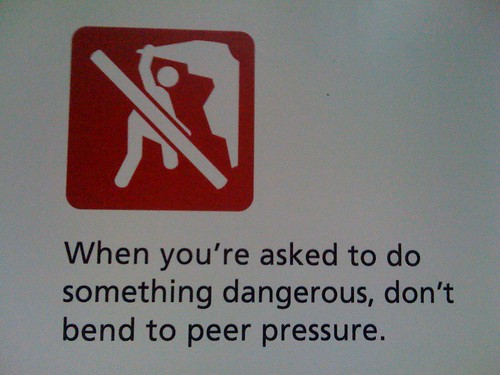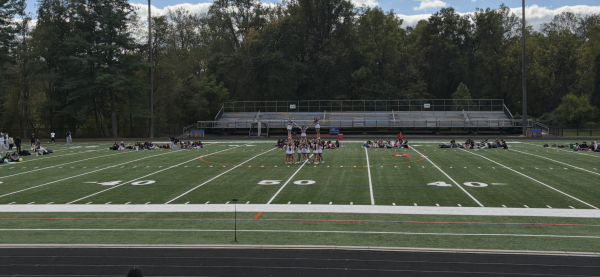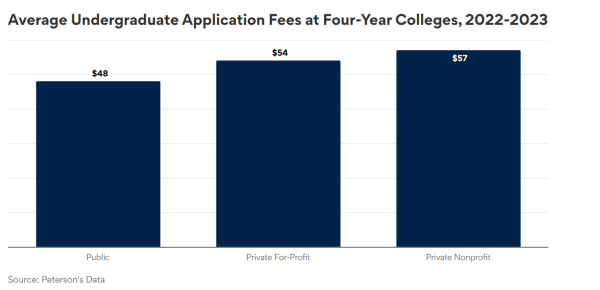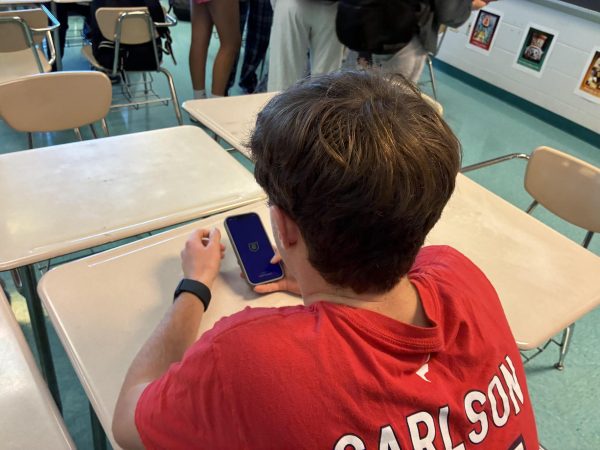Understanding peer pressure, misconceptions

Image by sillygwailo used with permission from Google Commons
A peer pressure prevention awareness poster
In conversations surrounding teens and their behaviors, peer pressure is one of the most misunderstood concepts. Adults have a few common misconceptions about peer pressure among teens; namely believing that peer pressure is always an ultimatum, peer pressure is one-directional (an individual is influenced by a group to do something they don’t want to do, and they don’t influence others in the same way), and peer pressure is an excuse for bad behavior. Here is why these ideas are false.
Peer pressure is often less direct than people think. While it can be a friend asking someone to do something directly, or offering for them to participate in antisocial behavior, peer pressure can be as simple as seeing others doing something dangerous or destructive when it seems they’re all having fun. This is because of how the teenage brain works.
Research shows that a teenager’s brain, when surrounded by those in the same age group, has a more active rewards center than the brain of an adult in the same situation.
In one New York Times opinion article called “Friends can be Dangerous,” Laurence Steinberg, a psychology professor at Temple University, describes a study she was involved in for Developmental Science. Researchers created “peer groups” of mice by raising them in triads, then tested whether when given access to alcohol they would drink more when they were with peers than when they were alone. Steinberg says, “Mice tested when they were fully grown drank equally in both contexts. But adolescent mice — tested shortly after puberty — drank significantly more in the presence of their peers than when they were by themselves.”
And this isn’t just applied to mice. In one article for Mission Harbor Behavioral health titled “Debunking The Myths About Peer Pressure And Substance Abuse,” Sam Denkin cites a study from the National Institute on Drug Abuse for Teens. Denkin says, “Kids driving with their friends in the car were found more likely to take risks, such as running a red light, if they knew that at least two of their friends were watching. When the same experiment was done with adults, the researchers found that teens were much more likely to exhibit risky behavior.”
Steinberg was also involved in a different study similar to this one, in which participants of different ages played a driving game, alone and with peers. Stein found that teenagers took risks and crashed more while driving when in the presence of their peers than alone, while adults didn’t. She says that this is because of the teens’ reward centers, “In a study of people playing our driving game, my colleague Jason Chein and I found that when teens were with people their own age, their brains’ reward centers became hyperactivated, which made them more easily aroused by the prospect of a potentially pleasurable experience. This, in turn, inclined teenagers to pay more attention to the possible benefits of a risky choice than to the likely costs, and to make risky decisions rather than play it safe. Peers had no such effect on adults’ reward centers, though.”
Another important finding is that peer pressure is circular, not one-directional. Teens tend to make friends with people who are like-minded, and those friend groups easily influence each other because they think similarly. If one teen is negatively influenced by another, they’re likely to influence others who also think similarly to them, and so on.
Peer pressure isn’t an acceptable excuse for antisocial behavior, because it is resistible. While direct and indirect peer pressure may make it hard to say no in any given situation, in the end, teens aren’t dumb. Most of the time, they know the risks of what they’re doing, and they know the consequences. Pressure plays a big role, but it’s still their decision whether or not to participate.
On the issue of drug and alcohol use, the term peer pressure is overused and overrated. Even if a student begins using drugs and alcohol because a peer introduced it to them, students who abuse substances are not continuing to do so to gain approval and acceptance. Substance abuse is a coping mechanism teenagers often use to “self-medicate” when in painful situations. According to child and adolescent psychiatrist at the Child Mind Institute Sarper Taskiran, MD, “Almost half of kids with mental health disorders, if they’re not treated, will end up having a substance use disorder.” The Child Mind Institute also cites A 2016 study of 10,000 adolescents which found that two-thirds of those who developed alcohol or substance use disorders had experienced at least one mental health disorder.
In this situation, instead of placing emphasis on teenagers to “just say no” to drugs, schools and families should be giving them the resources they need to be able to cope without the use of substances as an escape in the first place.
Overall, these common misconceptions can make a big difference in adults’ understanding of teenagers and the way they are. It’s important to take into account the different ways peer pressure occurs and why it’s so influential, as well as the cycle it can cause and its limits. These factors all play a part in teens’ day-to-day lives, whether the pressure they face is drugs and alcohol or simply conformity in a space they don’t feel accepted in.
Your donation will support the student journalists of Thomas S. Wootton High School. Your contribution will allow us to purchase equipment and cover our annual website hosting costs.
Senior Isaac Muffett is the opinions editor in his fourth year on the Common Sense staff. When he's not writing or researching, he spends his free time...






